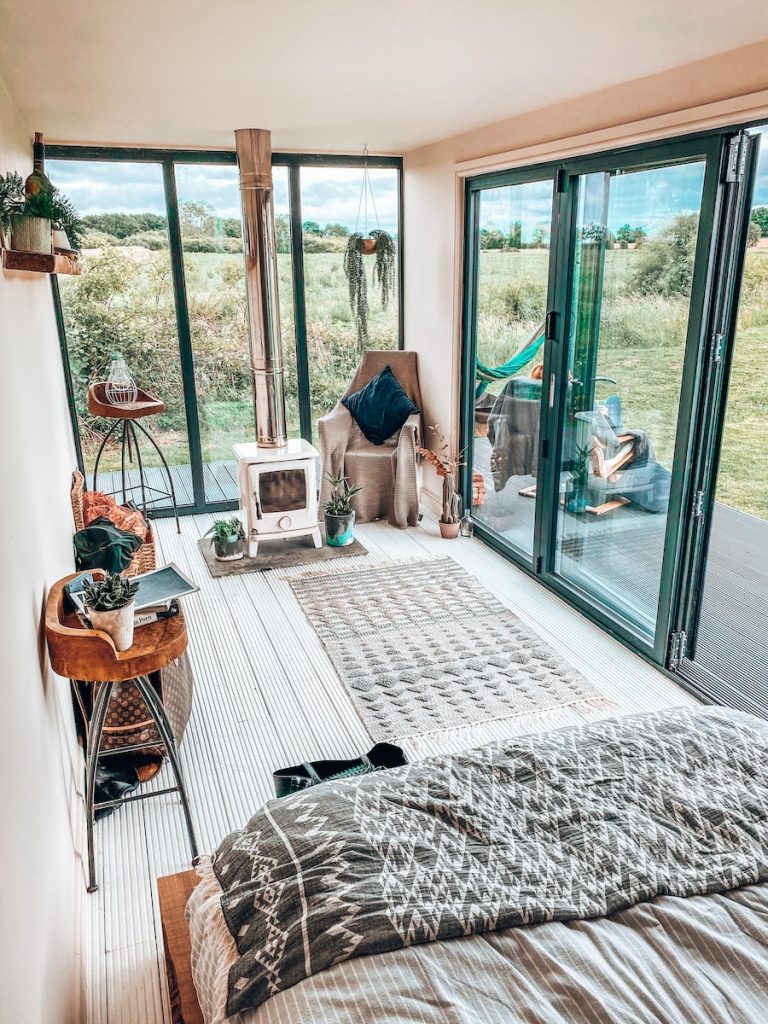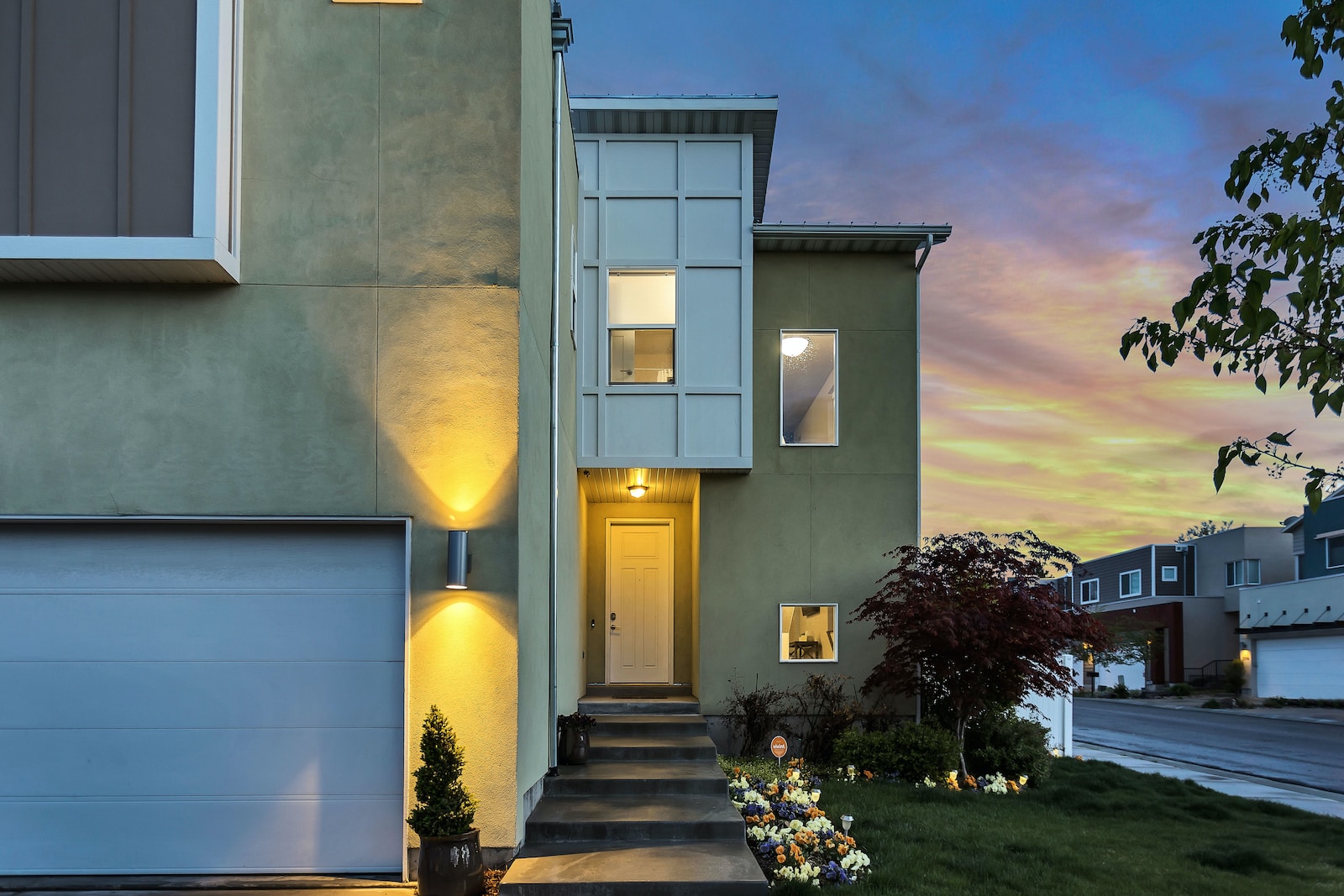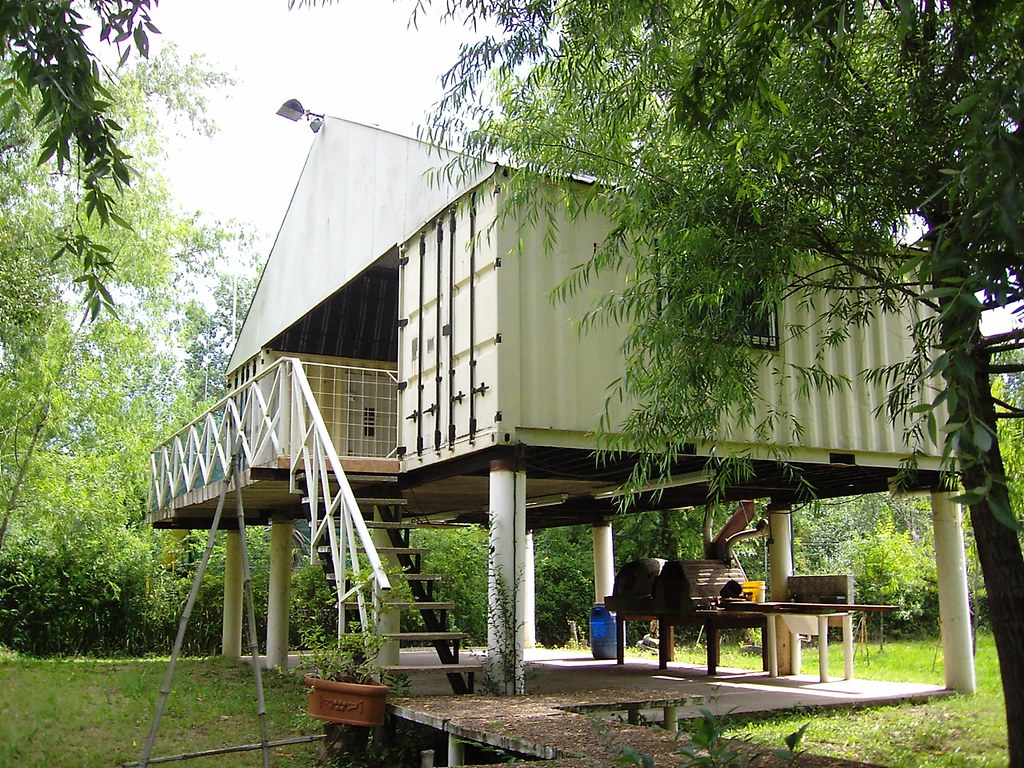Hello there, fellow container home enthusiasts! I’m Emily Owens, your friendly neighborhood container home blogger, and today, we’re diving deep into the fascinating world of container home communities. Over the years, I’ve explored countless container home projects, but there’s something truly magical about these communities that brings a unique sense of community, sustainability, and innovation to the housing landscape. So, grab a comfy seat and a cup of your favorite beverage as we embark on this journey to understand the structure and management of container home communities.
The Rise of Container Home Communities
Container homes have taken the housing industry by storm in recent years, and for good reason. They’re affordable, eco-friendly, and incredibly versatile. But what happens when you bring together a bunch of these sleek, steel boxes and create a community out of them? You get a recipe for something truly special.
Container home communities have been popping up all over the world, from bustling cities to serene rural settings. These communities are typically made up of individual container homes, arranged strategically to maximize space and foster a sense of togetherness. But there’s more to them than meets the eye.
Structural Ingenuity
The first thing that strikes you about container home communities is their structural ingenuity. Container homes themselves are known for their sturdiness, and when you stack them together like building blocks, you get a structure that can withstand the test of time.
One impressive example is the Keetwonen project in Amsterdam. It’s the largest container city in the world and houses around 1,000 students. The containers are arranged in a honeycomb-like structure, creating a sense of privacy while still promoting social interaction. It’s a brilliant use of space and design that offers a unique living experience.
Community Spaces
Container home communities aren’t just about the individual homes; they’re about fostering a sense of community. That’s why many of them include communal spaces where residents can come together, socialize, and build lasting connections.

For instance, the Container Park in Las Vegas is not just a place to live; it’s a vibrant community hub. It features restaurants, shops, art installations, and even a stage for live performances. Residents can enjoy a sense of belonging and access to a variety of amenities without ever leaving the community.
Sustainability at Its Core
One of the driving factors behind the popularity of container home communities is their inherent sustainability. Using repurposed shipping containers reduces waste and minimizes the carbon footprint associated with traditional construction methods. Plus, many of these communities incorporate green technologies like solar panels, rainwater harvesting, and efficient insulation to further reduce their environmental impact.
The Freitag Village in Zurich is a shining example of sustainability in container home communities. It’s constructed entirely from 19 recycled shipping containers and includes a green roof covered in plants. This not only provides insulation but also improves air quality and promotes biodiversity. It’s a win-win for both residents and the environment.
Management and Governance
Now that we’ve explored the structure and sustainability of container home communities, let’s talk about the nitty-gritty of management and governance. These communities are not just thrown together; they require careful planning and efficient management to ensure the well-being of their residents.
Community associations or management companies typically oversee container home communities. They’re responsible for maintaining common areas, organizing events, and addressing any issues that may arise. Residents often have a say in the decision-making process through elected representatives, ensuring that their voices are heard.
Challenges and Solutions
Like any housing model, container home communities have their fair share of challenges. These can include zoning and regulatory hurdles, logistical challenges during construction, and ensuring the long-term sustainability of the community.

However, innovative solutions are emerging to address these challenges. For example, some container home communities are working closely with local authorities to navigate zoning regulations. Others are partnering with experts in container home construction to streamline the building process. The commitment to overcoming these obstacles shows the dedication of both the residents and developers to make container home communities thrive.
The Future of Container Home Communities
As we wrap up our exploration of container home communities, one thing is abundantly clear: they are here to stay. With a focus on sustainability, a strong sense of community, and innovative design, container home communities are reshaping the way we think about housing.
In the coming years, we can expect to see even more container home communities sprouting up around the globe. As technology advances and design ideas evolve, these communities will continue to push the boundaries of what’s possible in sustainable, community-focused living.
So, whether you’re a container home enthusiast, an aspiring community dweller, or simply someone intrigued by the potential of these remarkable spaces, keep your eyes peeled. The future of housing is looking bright, modular, and eco-friendly, all thanks to container home communities.




















Find Us on Socials